Wednesday 26th July to Wednesday 2nd August 2017
Many of the Society Islands of French Polynesia are clustered within a few hours sail of each other but Huahine, the next island in the chain northwest from Mo’orea, was around 80 nm away, so we planned an overnight trip to arrive in daylight the next morning.
We left Mo’orea just before sunset in company with Nautilus and raised the mainsail and genoa in 10 knots of wind from the east. It was a gentle sail on a broad reach and we decided we would have the best angle to the wind coming around the east side of Huahine.
Huahine
We rounded the top of the island and entered the northern pass through the reef to drop anchor in 5 meters of water in the lagoon just outside the village of Fare. The bottom was so rocky our anchor just bounced off the rocks and wouldn’t get a grip in the patches of sand. In the process the windlass, which raises and lowers the anchor, stopped working and eventually we picked up a mooring buoy.
Huahine is a simple, untouristy island and Fare the only village on it, a sleepy laid-back place with one main street. Unfortunately we didn’t get the opportunity to see much of the island. The windlass needed attention and, after narrowing the problem down to the solenoid, Hugh got this fixed with the help of Reto, a friend from neighbouring boat SheSan, who is an engineer. A loud clunk had developed when motoring in reverse and we were making plans to have Vega lifted out of the water in Raiatae, the next island, to investigate. After a couple of inspections by snorkelling down, Ian from Nautilus went down with his scuba gear and confirmed that the clunking noise was due to rope cutter blades on the propellor shaft knocking against each other. We decided to get this sorted in New Zealand when Vega will come out of the water.
In the meantime we found the Internet Café and the SuperU – a massive supermarket, completely out of line with the size of the small island and its population, selling everything that one might want, including bicycles and fishing gear. (Rumour had it that the Super U was owned by the local mafia who banned grocery stores anywhere else on the island).
We also spent every evening in the Huahine Yacht Club enjoying Mai Tais at happy hour.
We met up with the crew of Tanda Malaika, parents Danny and Belinda and four teenage children who were remaining remarkably buoyant after their tragic accident. They explained that they had made a slower passage from Moorea than anticipated and arrived near Huahine after nightfall. The electronic charts they were using did not made it clear just how far the shallow coral reef extended off the southwest corner of the island and they had run aground in the dark. Having put out a Mayday call they were airlifted by helicopter from Tahiti off the reef within a few hours and over the last few days had been put up on a other cruisers’ boats anchored in the lagoon just inside the reef, getting lots of help from fellow cruisers in stripping the catamaran, when it became apparent that it was too badly damaged to be repaired. You can read Belinda’s dramatic account of the incident on her website: adventuresofatribe.com. Without insurance they were in dire straits and their plan was to live in Bali and try to earn enough to buy another boat and continue their voyage. It is a reminder of just how easy it is to make errors which can have such catastrophic consequences.
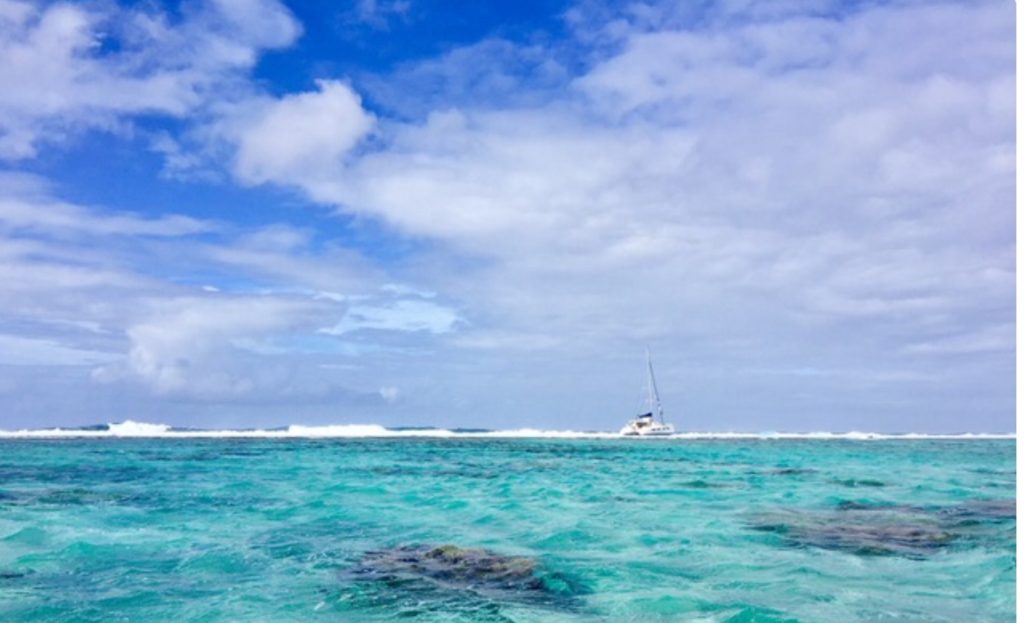
Taha’a
We had hoped to see more of Huahine but decided we needed to push on. As well as travelling with Nautilus we were also in company with catamaran Jadean, and, on the way over to Taha’a, Kim and Barry became worried about their son Dean who was running a high temperature. They diverted to adjacent island of Raiatea which has a small hospital, whilst we continued on to anchor in a bay nearby on the south of Taha’a.
From here we walked with Ian and Steph across the island and along a rough track leading up through forest to a high viewpoint. On the way we stopped at the Maison de la Vanille and were given a guided tour and learnt how vanilla is grown and produced. It is amazing just how labour intensive the process is. The vanilla plants, which are a type of orchid, are grown up trees which provide both support and shade. Fertilisation is done by hand as the insects that do the job in other countries, such as wasps in Madagascar, are not found here. Global warming has adversely affected the volume of production as fertilisation can only take place in the Polynesian winter and their winter temperatures are often too hot now. The vanilla pods take nine months to grow before harvesting and are then dried and each pod individually massaged to straighten it. The low quality vanilla goes to the market in the USA for cosmetics, whilst the high quality vanilla is sent to Europe for cooking, the Italians preferring shorter pods whilst the French like longer ones (most of the vanilla in the UK comes from Madagascar or the Phillipines). We paid $20 for seven pods at the end of the tour and I will never look at a pod of vanilla in the same way again.
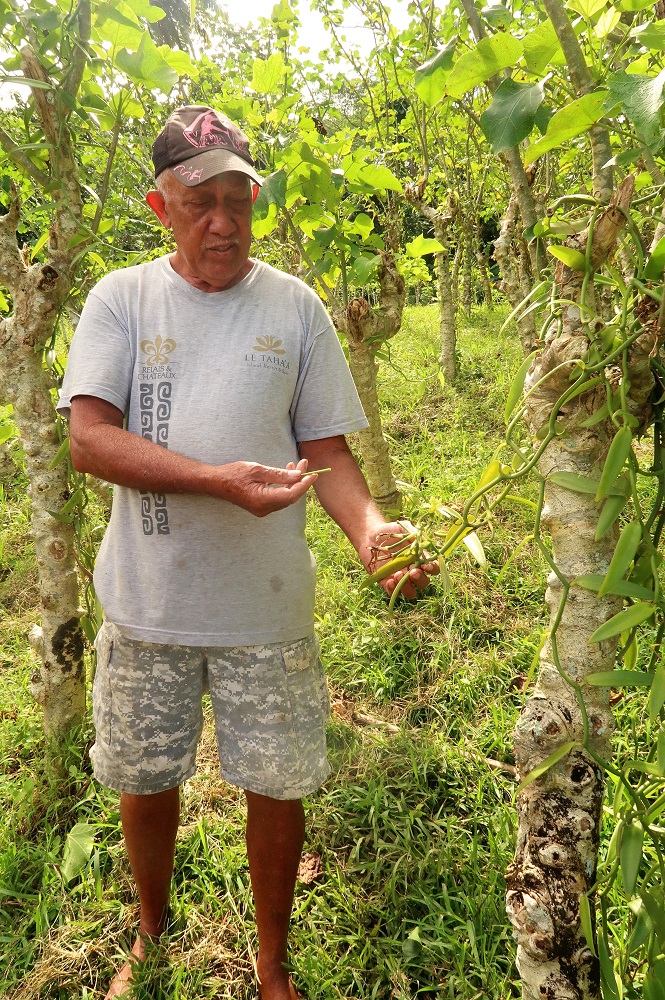
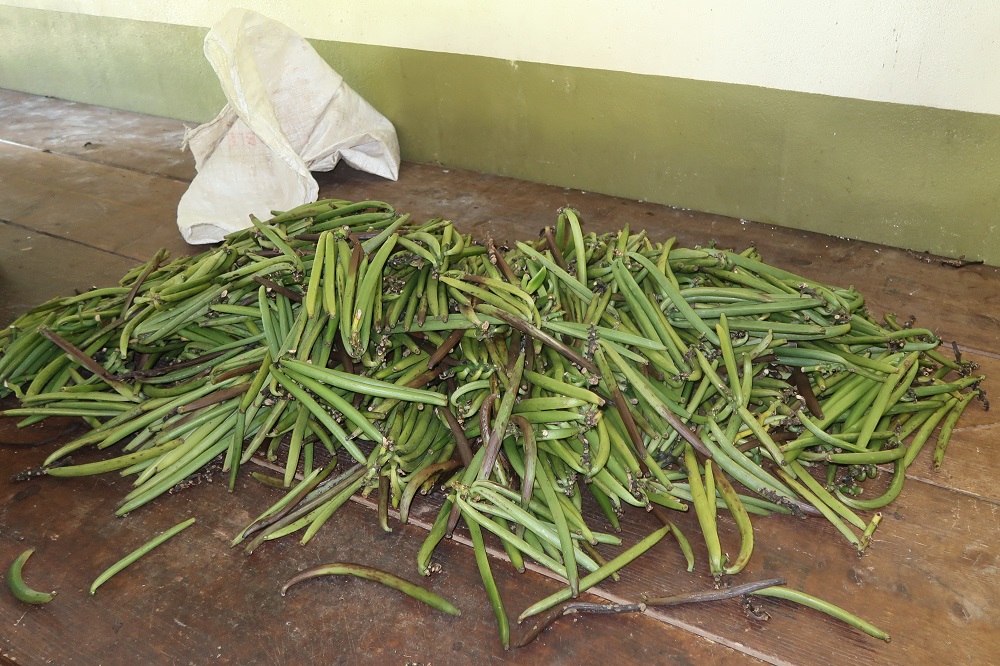
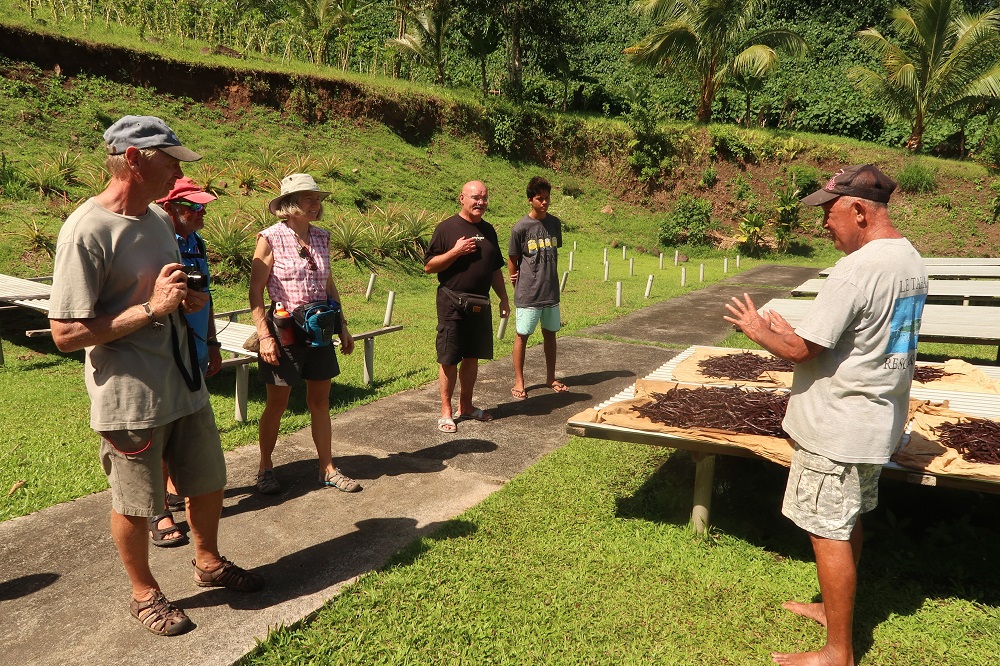
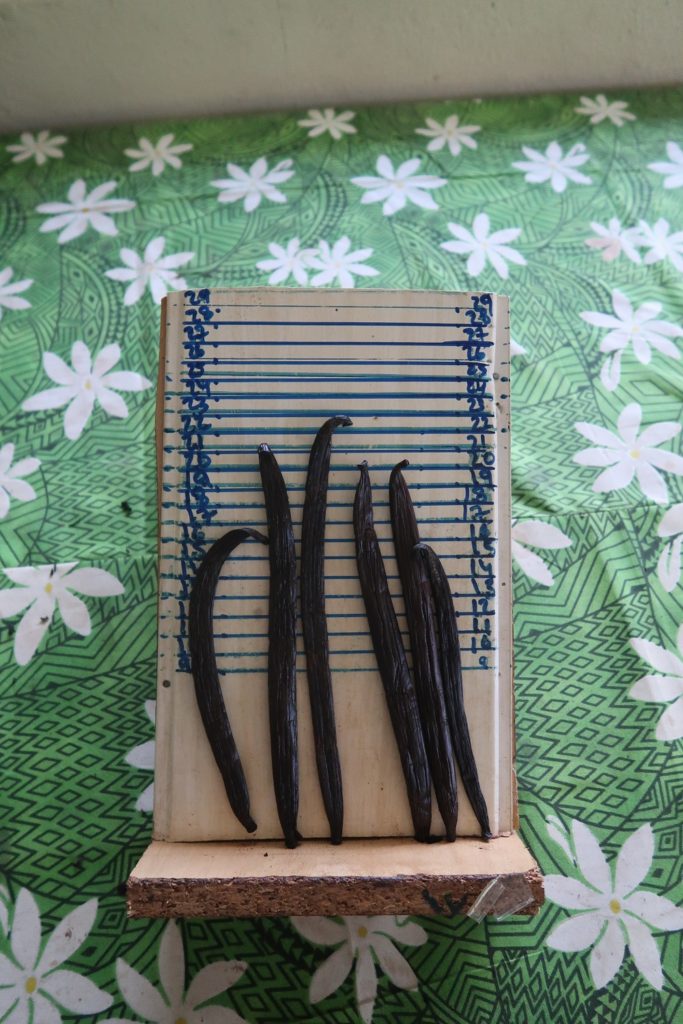
Once Dean was recovered, which fortunately turned out to be a simple childhood viral illness, we moved round to the west coast of Taha’a and anchored by one of the more luxurious resorts with individual bungalows on stilts over the water.
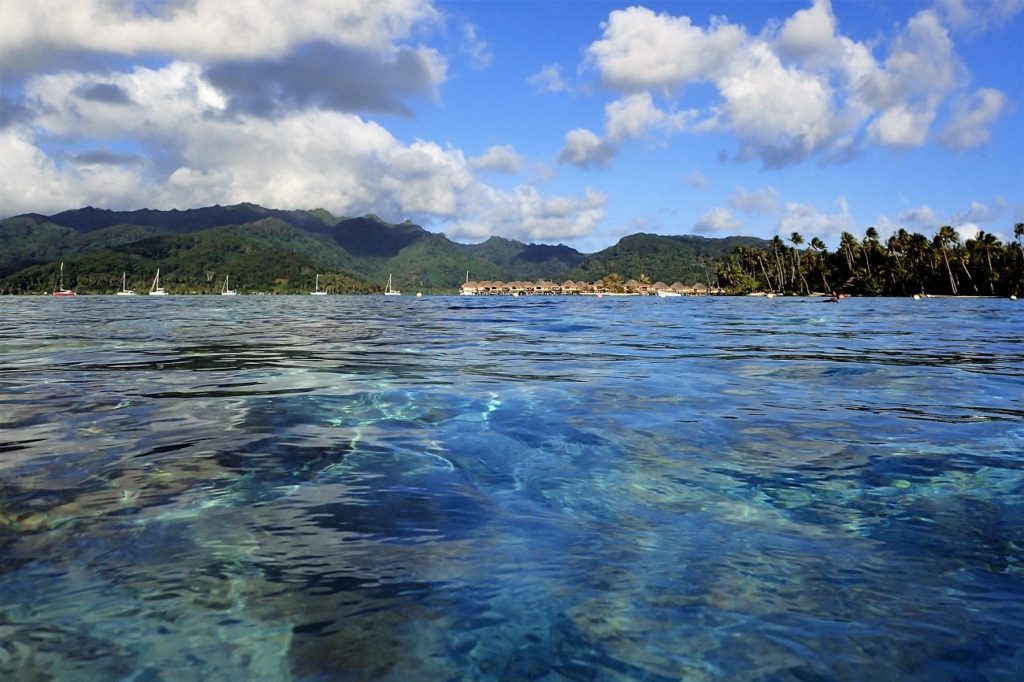
Here we went snorkelling in the coral garden that ran between two motus lying just inside the reef. The strong current swept us between sharp rocks and coral and we hung on to watch the numerous small colourful fish there.
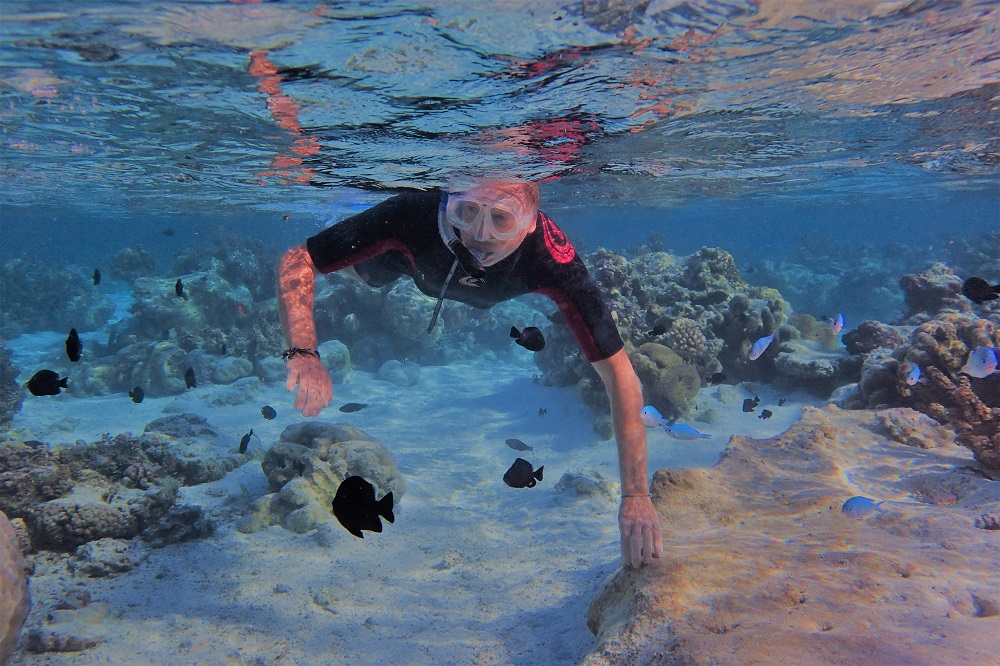
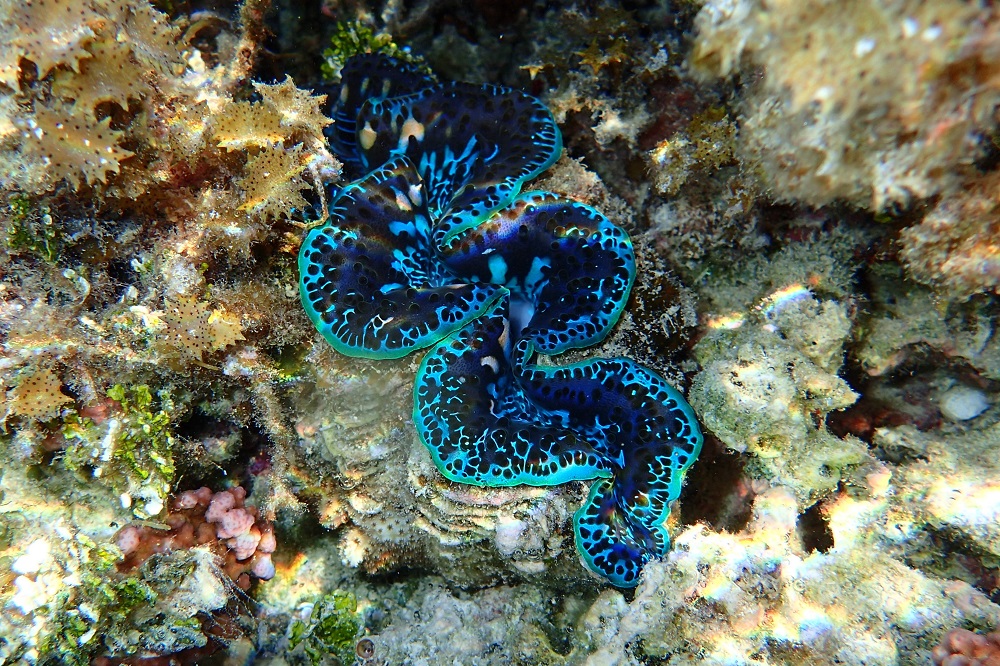
Our next stop the following day was Bora Bora, only ten miles west of Taha’a, with it’s dramatic silhouette…….
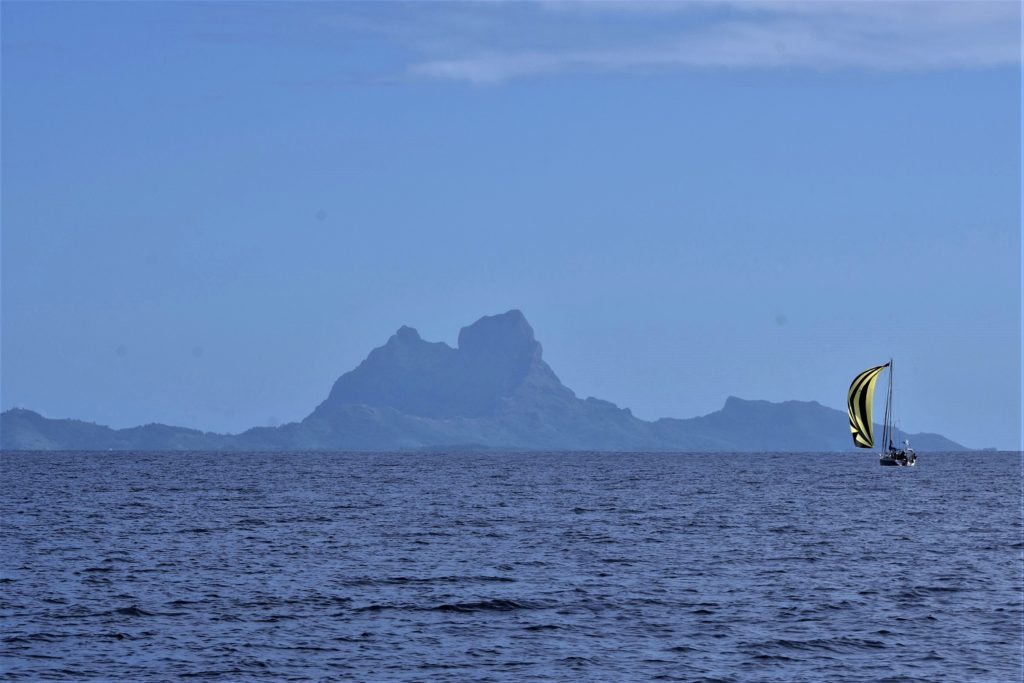

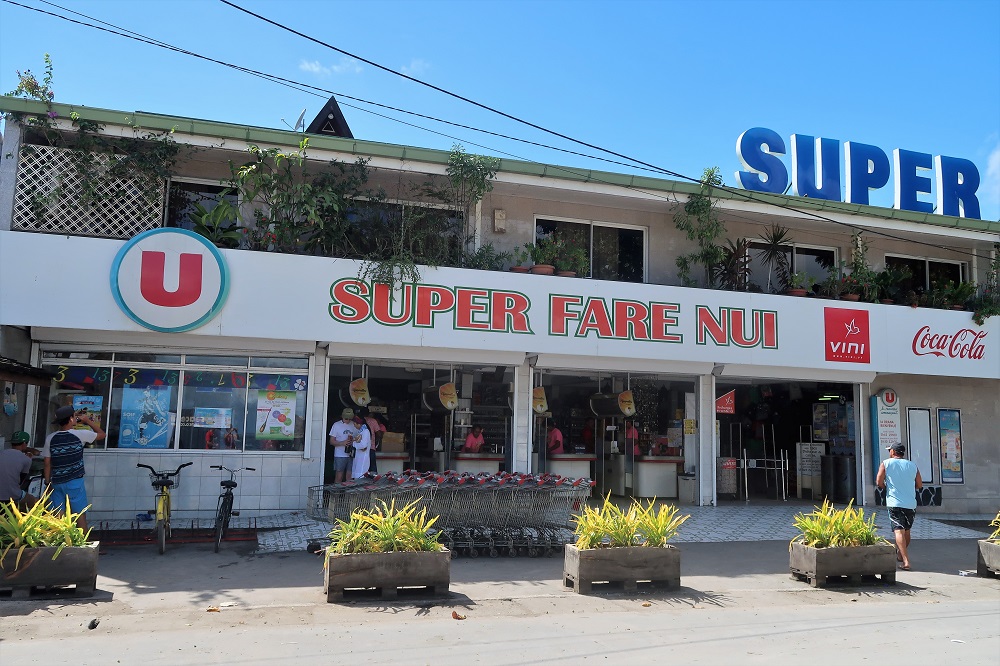
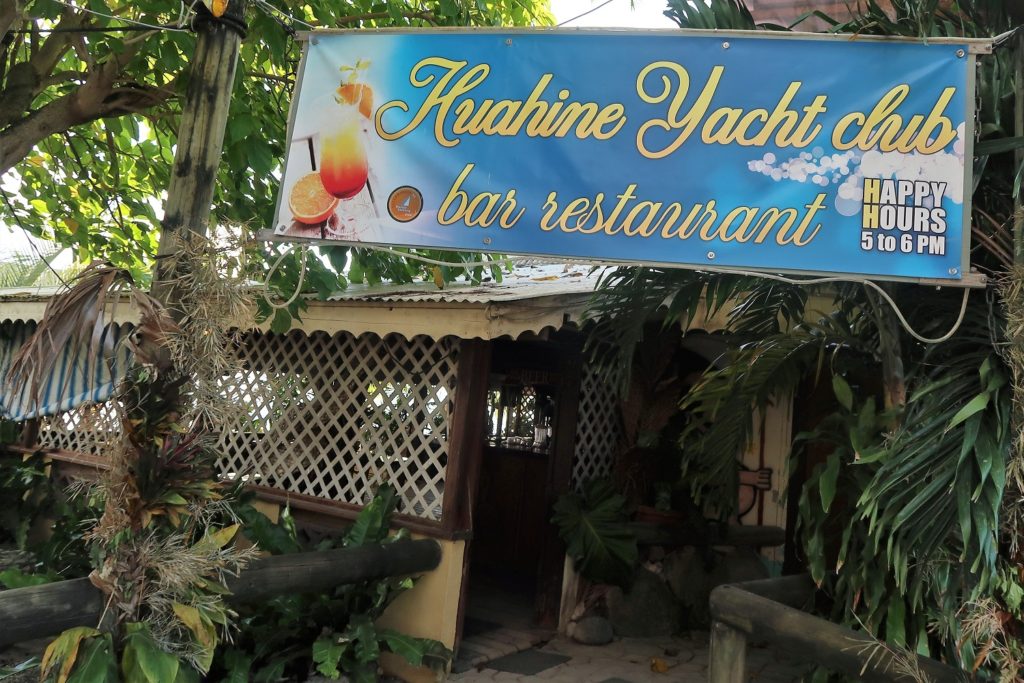
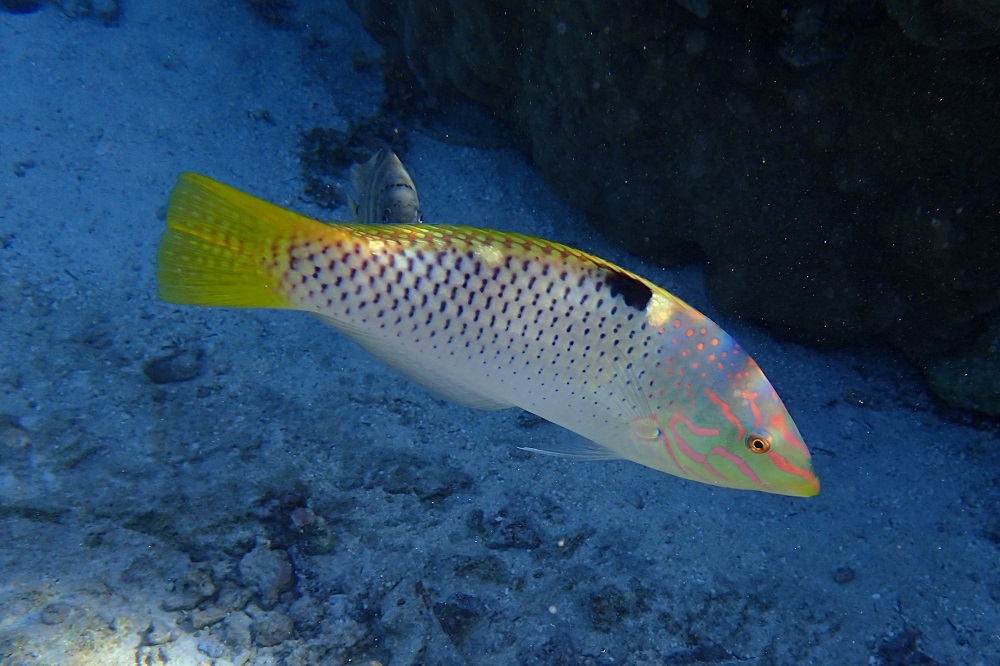
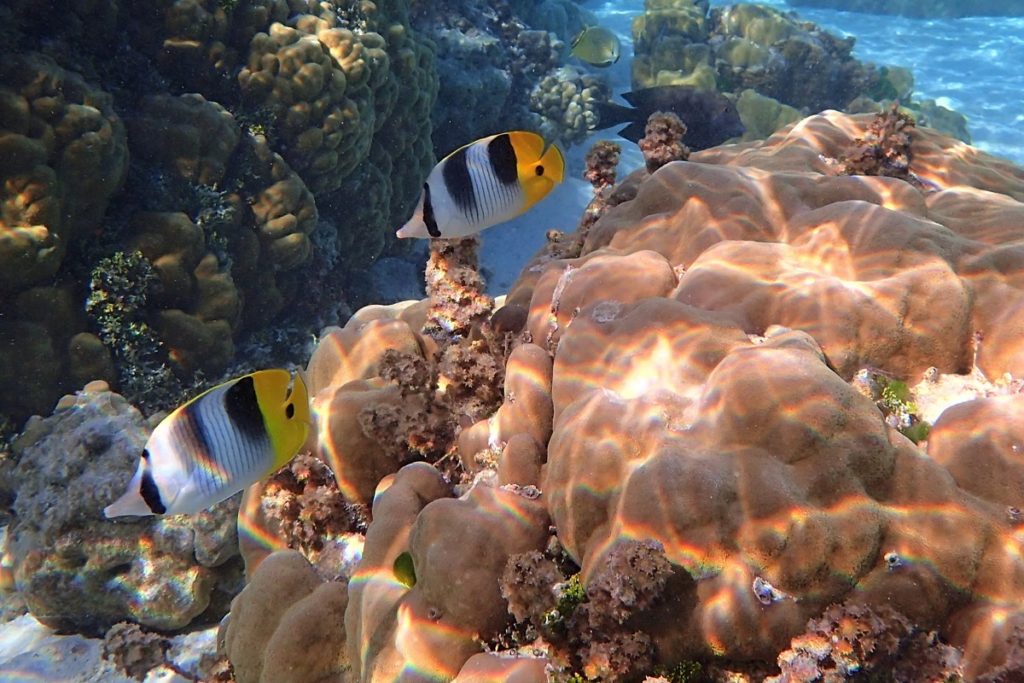
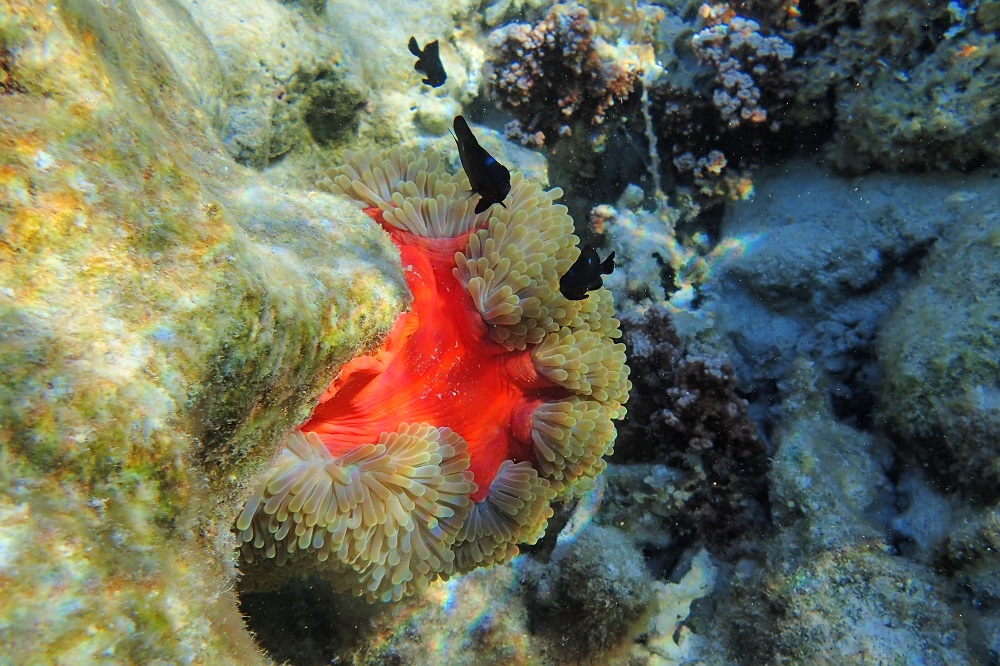
0 Comments